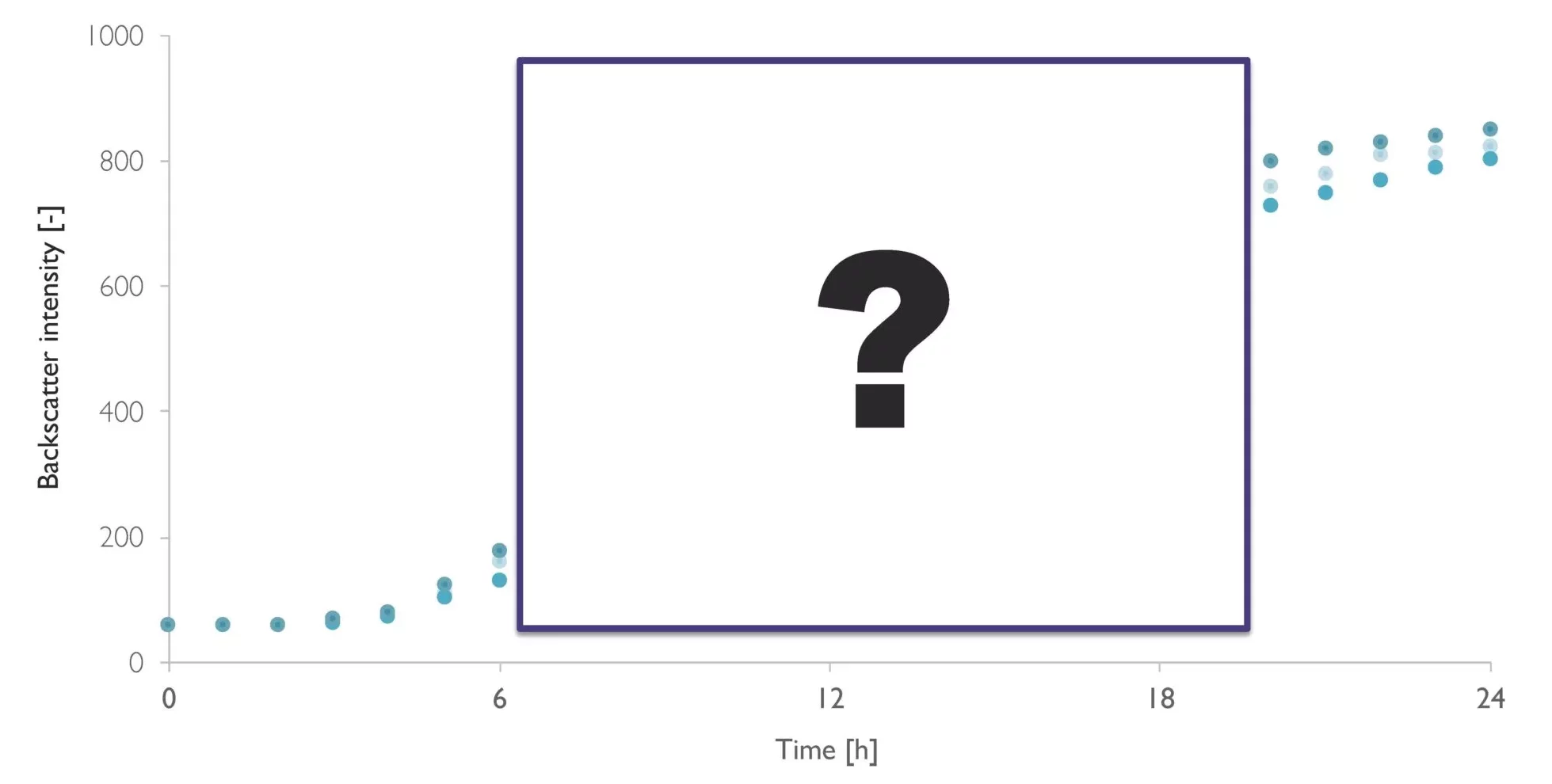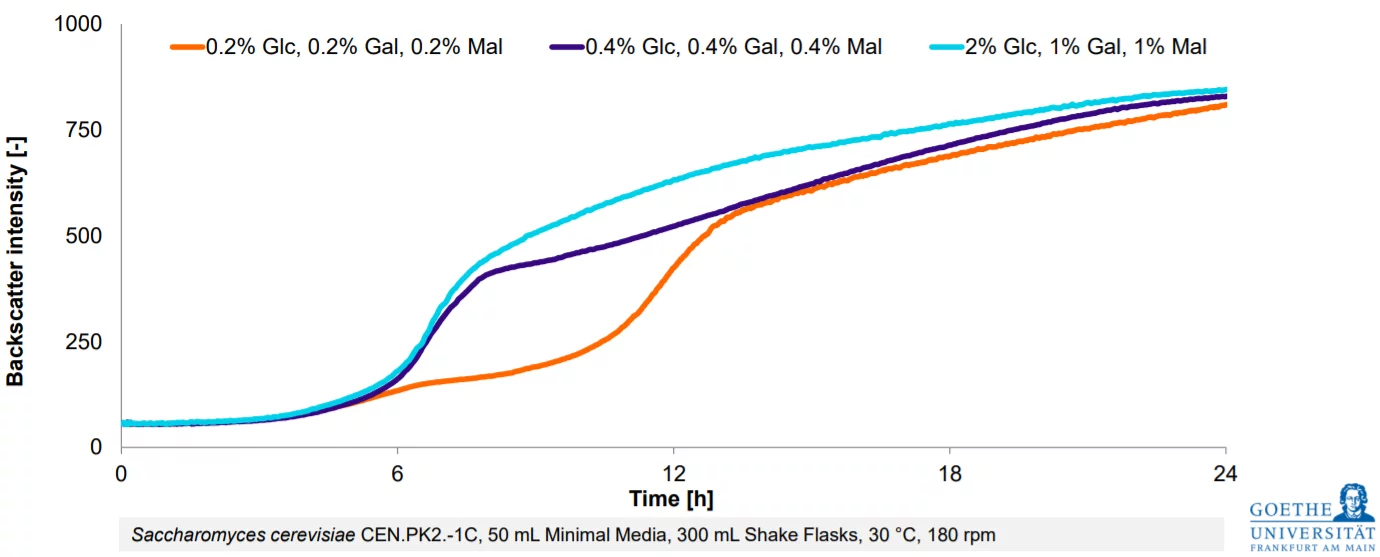Data Spotlight
Gas Exchange in Shake Flasks Through LIS Compared to Different Shake Flask Closings
Background
Flask closures influence gas transfer from the surrounding environment into the flask headspace and ultimately into the liquid medium. As such, they play an important role in determining oxygen availability in shake flask cultures. Common closure types include cotton plugs and aluminum caps.
sbi’s Liquid Injection System (LIS) is mounted on the neck of a shake flask in place of a conventional closure. To assess whether the LIS affects gas transfer between the inside and outside of the flask, researchers of the BioVT ("Bioverfahrenstechnik") of RWTH Aachen University measured evaporation rates by quantifying water loss from shake flask cultures closed with either cotton plugs, aluminum caps, or the LIS.
Because LIS users often work with two-neck flasks—using the second neck for sampling—these setups were also tested, with the first neck closed using the LIS and the second with either a cotton plug or an aluminum cap.
Results

Evaporated water of shake flasks with different closing types was determined by weighing the shake flask initially (after 24 hours of shaking, to make sure the system had equilibrated), and at the indicated time points. The deviation is portrayed in Figure a, whereas Figure b shows the linear fit. The different closing types are portrayed underneath: 1-neck shake flask closed with cotton plug (black square), aluminium cap (red circle), or the LIS (blue triangle), or 2-neck shake flask of which the first neck was closed with LIS and the second with cotton (yellow triangle), or alumium cap (green route). Colored shadows in Figure a indicate the standard deviations from 5 replicates.
Results
| Flask Type | Closure Type | Water Evaporation Rate [g/h] |
| 1-neck shake flask | Cotton Plug | 0.014 |
| Aluminium Cap | 0.013 | |
| Liquid Injection System (LIS) | 0.034 | |
| 2-neck shake flask | LIS + Cotton Plug | 0.046 |
| LIS + Aluminium Cap | 0.097 |
The evaporation rate was calculated using the linear fit, shown in Figure b. The 2-neck flasks overall show a higher evaporation compared to shake flasks with only one neck, indicating a higher gas exchange. Among the standard shake flasks, the LIS closing seemed to allow for a slightly higher rate of evaporation and therefore gas exchange, compared to conventional closing types.
Materials & Methods
Experiments were conducted in 250 mL shake flasks filled with 25 mL water. These were incubated for 5 days at a temperature of 37°C and a humidity of 70%. To determine the evaporated water, the flasks weight was measured at indicated time points. For determination of the initial weight, the flasks were measured after 24 h of shaking, after the system had equilibrated. Mean values and standard deviation were calculated from 5 replicates.
Conclusion
The observed amount of evaporated water among the shake flasks with different closing types and the calculated evaporation rate illustrate that the LIS does not close the shake flask airtight or tighter than conventional methods. Therefore, gas and importantly oxygen entry into the system will not be compromised in experiments performed with the LIS. Bioprocesses will therefore not be influenced by an altered gas exchange or experience oxygen depletion earlier than in conventional setups.
Source
This research was conducted by BioVT/ AVT of RWTH Aachen University.

Have questions about your application?
Let’s work together to find a solution that works best for you.
From Estimation To High-Resolution Growth Curves


Customer Success Stories
.png)
-Kitana Manivone Kaiphanliam (Washington State University)
